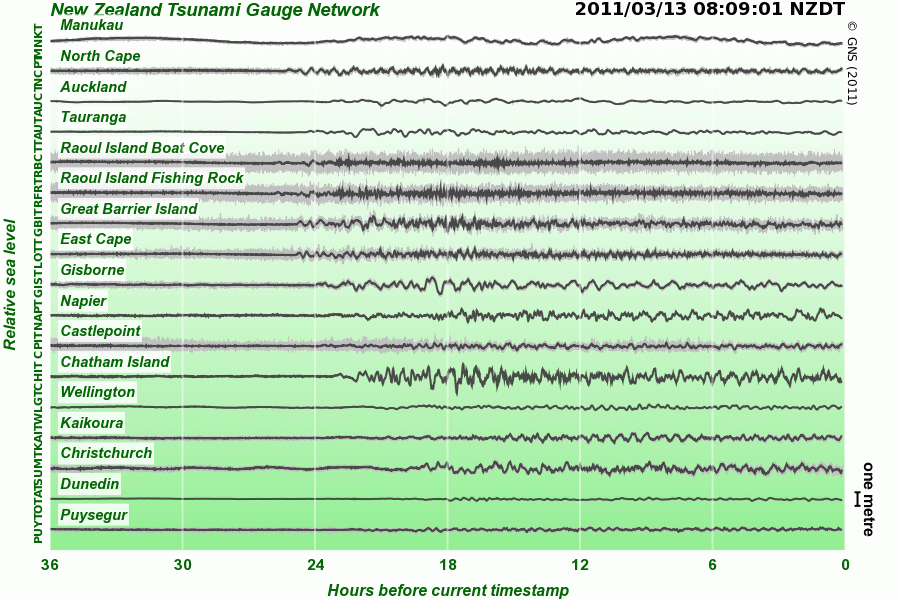Yeah, I know. That title. You’re already disinterested, but hey – hang tight – you might just learn something today.
I know I did.
Japanese fishing vessels have been all over the news lately. If you count the one that ran aground on Clifton Beach last month and the one that was found drifting off the coast of Canada in April, that is.
The former has sadly dropped out of the news and even now, no-one is really sure how it ended up parked among the holiday homes of the German elite. The latter was a victim of the March 2011 tsunami and has been drifting across the Pacific ever since.
Their names: the Eihatsu Maru and the Ryou-Un-Maru. And I’ll use this handy opportunity to chuck the name of the only other Japanese fishing vessel I know in there too: the Meisho Maru 38. Some of that one lies aground near Cape Agulhas and has surely featured in many photographs, but most notably, this one:

Eagle-eyed readers should really give the eagle its eyes back, but in the meantime, they will have noticed the common “Maru” in the names of all these vessels, because eagles are good at spotting that sort of thing.
When you look up Maru on Google translate, it tells you in mean “circle” and also, if you look a little below that, “suffix for ship names”. But why?
Well, god bless the internet, because Wikipedia can help us out with an answer on their helpfully named: “Japanese ship naming conventions” page, which discusses and explains Japanese ship naming conventions. And it tells us:
The word maru (meaning “circle”) is often attached to Japanese ship names. The first ship known to follow this convention was the Nippon Maru, flagship of daimyo Toyotomi Hideyoshi’s 16th century fleet. There are several theories which purport to explain this practice:
- The most common is that ships were thought of as floating castles, and the word referred to the defensive “circles” or maru that protected the castle.
- That the suffix -maru is often applied to words representing something that is beloved, and sailors applied this suffix to their ships.
- That the term maru is used in divination and represents perfection or completeness, or the ship as a small world of its own.
- A legend of Hakudo Maru, a celestial being that came to earth and taught humans how to build ships. It is said that the name maru is attached to a ship to secure celestial protection for it as it travels.
- For the past few centuries, only non-warships bore the maru ending. It was intended to be used as a good hope naming convention that would allow the ship to leave port, travel the world, and return safely to home port: hence the complete circle arriving back to its origin unhurt.
- Note also that Hinomaru or ‘sun-disc’ is a name often applied to the national flag of Japan.
Today commercial and private ships are still named using this convention.
Of course, there are many superstitions and traditions in Japanese society and there are probably (at least) an equal number in the seafaring community, so it seems perfectly reasonable that when these two behemoths of folklore come together, we get this well-observed custom of nomenclature.
That said, many of the reasons given above are centred around the protection of the vessel and its safe return to port and that hasn’t really held true for any of the ships I am aware of (n=3). Let’s not forget that one ended up on a local beach, another ended up on some fairly local rocks and another was sunk by the US Coastguard “for safety reasons” (and, let’s be absolutely honest here, fun).
Look, I recognise that it’s Friday afternoon and you aren’t in the mood to learn stuff. But you’ll be thanking the Japanese Seagods and 6000 miles… at your next pub quiz, believe me.
Assuming there’s a question about this sort of thing, of course.








